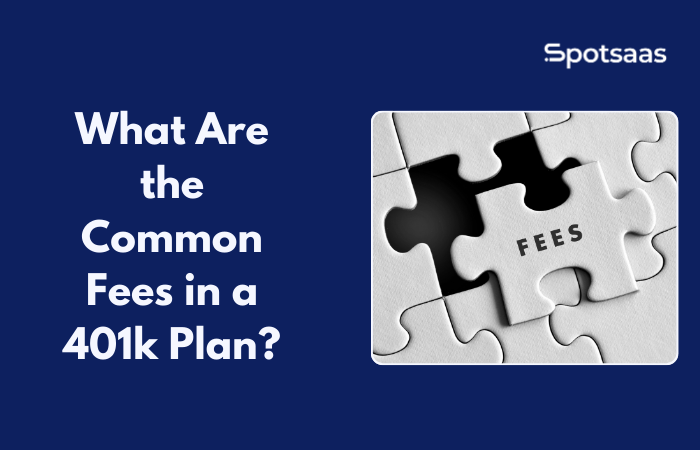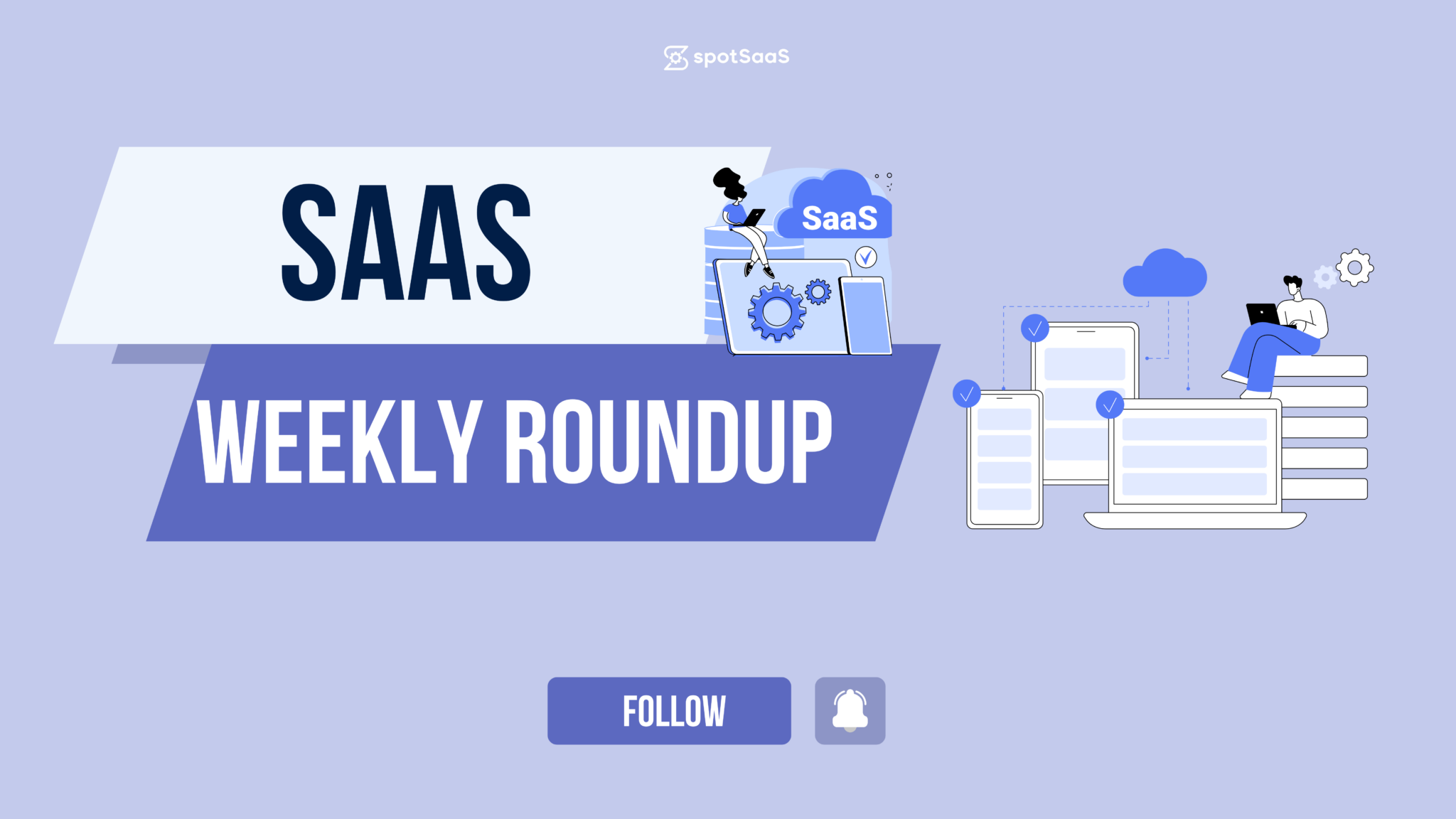Understanding the fees associated with a 401k plan is essential for both employers and employees. While these retirement plans offer long-term financial security, hidden or excessive fees can significantly reduce savings over time. Many businesses overlook the impact of these costs, assuming all plans follow a similar pricing structure.
For employees, even a small percentage in annual fees can result in thousands of dollars lost in retirement savings. Employers, on the other hand, must ensure they select a 401k provider that balances cost-effectiveness with quality service, compliance support, and investment flexibility.
This guide helps identify the different types of fees in 401k plans, how they impact savings, and strategies for minimizing unnecessary costs while maintaining a high-quality retirement plan.
Why 401k Fees Matter
Understanding 401k fees is crucial because even seemingly small costs can significantly impact long-term retirement savings. Many employees and business owners focus on contribution amounts and investment returns but overlook the cumulative effect of fees over decades.
Since 401k plans are designed for long-term wealth accumulation, higher fees can slowly erode earnings, leaving employees with substantially lower retirement savings than expected.
How Fees Accumulate Over Time
401k plans grow through compound interest, where both contributions and earnings generate additional growth. However, excessive fees reduce the amount of money invested, which limits the compounding effect.
For example, an employee contributing $10,000 annually with a 7% return and 0.5% in fees may accumulate around $920,000 after 30 years. If fees increase to 1.5%, the final balance drops to approximately $760,000, resulting in a $160,000 loss due to fees alone.
Even a 1% difference in fees can translate to hundreds of thousands of dollars in lost savings, making it critical for businesses to choose a cost-efficient provider that keeps fees low while delivering quality service.
Low-Cost vs. High-Cost 401k Providers
Not all 401k providers charge the same fees. Some have transparent, low-cost pricing models, while others include hidden administrative or investment expenses that eat into employee savings.
- Low-cost providers (e.g., Vanguard, Guideline, Fidelity) offer flat-fee structures or low expense ratios on investment funds, keeping overall costs predictable.
- High-cost providers often charge asset-based fees, meaning costs increase as plan balances grow, leading to higher expenses over time.
The Importance of Fee Transparency
Many businesses unknowingly pay excessive 401k fees due to a lack of clear fee disclosures. Some providers embed costs within investment expense ratios, revenue-sharing models, or transaction fees, making it difficult to see the true cost of managing a plan.
Prioritizing a cost-effective 401k plan means selecting a provider that:
- Clearly outlines administrative, investment, and advisory fees upfront.
- Avoids hidden charges such as revenue-sharing fees or excessive transaction costs.
- Offers low-cost investment options that minimize long-term expenses.
By carefully evaluating 401k plan fees, businesses can protect employee savings, improve retirement outcomes, and ensure a cost-effective, high-quality plan that benefits everyone.
Types of Common 401k Plan Fees
401k plans come with various fees that impact both employers and employees. Understanding these fees is essential for selecting a cost-effective plan that maximizes retirement savings. Here are the five main types of 401k fees:
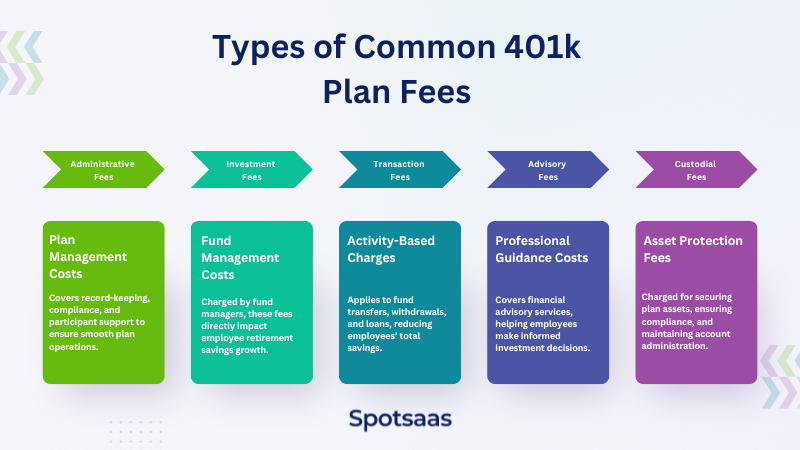
Administrative Fees
These fees cover the cost of managing the 401k plan, including record-keeping, compliance, and participant support. They can be charged as a flat fee per participant or as a percentage of total assets.
Businesses often pay these fees to maintain compliance with IRS regulations and ensure smooth plan operations. Regular plan maintenance, employee education, and annual filings are also included in administrative costs.
Investment Fees
Investment fees are charged by fund managers to cover the costs of managing mutual funds, ETFs, or other investments in the plan. They are typically expressed as expense ratios, which can range from 0.05% to over 1% of assets annually.
Choosing low-cost funds helps maximize employee retirement savings by reducing long-term costs. These fees directly impact an employee’s total returns, making it crucial to select providers with transparent and competitive pricing.
Transaction Fees
These fees apply when participants make certain transactions, such as fund transfers, loans, or early withdrawals. Some providers include transaction fees in overall plan pricing, while others charge them separately.
Employers should review these costs to avoid unexpected charges that could impact plan participation. Frequent transactions can accumulate fees over time, reducing the total retirement savings available to employees.
Advisory Fees
Many 401k plans offer professional investment advice, which can be provided by financial advisors or automated robo-advisors. These fees may be charged as a flat rate or as a percentage of assets under management.
Personalized advisory services typically cost more but can help employees make informed retirement decisions. Some providers include advisory services as part of their overall plan management, while others charge additional fees for one-on-one consultations.
Custodial Fees
Custodial fees are charged by financial institutions responsible for holding and safeguarding 401k assets. These fees cover regulatory compliance, fund administration, and account security.
While often small, they are an essential part of maintaining a legally compliant and secure retirement plan. Proper custodial services ensure that funds remain protected and accessible for employees when they reach retirement.
How Fees Impact 401k Savings
Understanding how fees affect 401k plan savings is crucial for both employers and employees. Even small percentage differences in fees can have a substantial impact on long-term retirement savings.
While a 1% fee may seem insignificant, over decades of investing, it can reduce an employee’s total retirement balance by tens of thousands of dollars due to compounding effects.
The Long-Term Effect of Fees on Retirement Savings
401k contributions grow over time through compound interest, where returns generate additional earnings. However, excessive fees reduce the amount of money invested, ultimately lowering the compounding effect. Consider two employees who each invest $10,000 annually into their 401k for 30 years:
- Employee A: Pays 0.5% in fees, earning an average 7% return annually.
- Employee B: Pays 1.5% in fees, with the same 7% return before fees.
After 30 years, Employee A’s account grows to approximately $920,000, while Employee B, who pays 1% more in fees, accumulates only $760,000—a $160,000 loss due to fees alone. This example highlights why even minor fee differences can have a profound effect on retirement outcomes.
Choosing Low-Cost, Transparent Providers for Higher Returns
401k providers with low-cost index funds, minimal administrative fees, and transparent pricing allow employees to keep more of their earnings invested. Vanguard, Fidelity, and Guideline are examples of providers known for low-expense ratios and flat-fee pricing models that maximize employee benefits.
By carefully evaluating fees, employers can select a provider that balances affordability with quality service. Reducing unnecessary costs helps employees build larger retirement savings, improving financial security for the future.
How to Reduce 401k Plan Fees
Minimizing 401k plan fees is essential for maximizing retirement savings. Even a small reduction in fees can significantly increase long-term returns. Employers can take several strategic steps to lower costs while maintaining a high-quality retirement plan for employees.
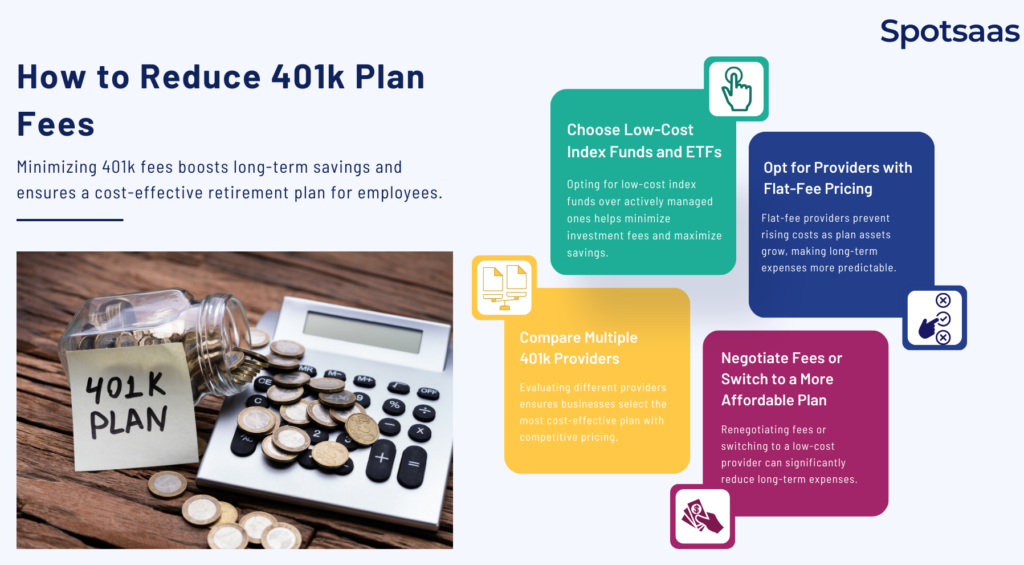
Choose Low-Cost Index Funds and ETFs
Investment fees, often hidden within expense ratios, can eat away at returns over time. Opting for low-cost index funds and ETFs instead of actively managed funds helps reduce costs while still providing solid growth potential.
Providers like Vanguard and Fidelity offer index funds with expense ratios as low as 0.03%, significantly lower than the 1%+ fees of some actively managed funds. Lower expense ratios mean employees retain more of their contributions, increasing their overall retirement savings.
Opt for Providers with Flat-Fee Pricing
401k providers typically charge fees either as a flat rate per participant or as a percentage of assets under management (AUM). Flat-fee structures are often more cost-effective for businesses as they prevent fees from increasing as plan assets grow.
Providers like Ubiquity Retirement + Savings and Guideline offer transparent flat-fee pricing, making costs more predictable for employers. Switching to a flat-fee provider can significantly cut long-term costs for both employers and employees.
Compare Multiple 401k Providers
Every provider has a different fee structure, and businesses can save by shopping around. Employers should compare administrative fees, investment expenses, transaction costs, and advisory fees across different providers to find the most cost-effective plan.
Many providers, including Empower Retirement, Human Interest, and Paychex, offer competitive pricing with features tailored to different business sizes. A detailed comparison ensures businesses select a provider that offers the best value for their specific workforce needs.
Negotiate Fees or Switch to a More Affordable Plan
Many businesses accept high fees without questioning them, but negotiating fees can lead to lower costs. Employers can request lower administrative fees, better investment options, or waived transaction costs when working with their provider.
If the current plan remains too expensive, switching to a low-cost provider can result in significant long-term savings for both the business and its employees. Regularly reassessing the plan’s cost-effectiveness helps businesses keep up with better pricing options in the market.
Comparison of Low-Cost 401k Providers
| Provider | Admin Fees | Investment Fees | Key Features |
|---|---|---|---|
| Fidelity Investments | $500 setup, $300/quarter admin | 0.125% per quarter | Wide investment options, strong support |
| Vanguard | Low-cost structure, fees vary | Avg. 0.10% expense ratios | Focus on low-cost index funds |
| Guideline | $49/month + $8/employee, no setup | No direct investment fees | Fully automated, payroll integration |
| Ubiquity Retirement + Savings | $97/month, $495 setup fee | No asset-based fees | Transparent flat-fee pricing, customizable plans |
Why These Providers Stand Out
- Lower Fees: Flat-rate or low-cost models reduce overall plan expenses.
- Transparent Pricing: No hidden charges, making costs predictable.
- Automated Services: Simplifies administration and compliance.
- Low-Cost Investment Options: Helps maximize employee retirement savings.
Choosing a low-cost 401k plan provider ensures better savings growth and reduced overhead for businesses.
Hidden 401k Fees to Watch For
While some 401k fees are clearly outlined, others may be buried within investment costs or administrative charges. These hidden fees accumulate over time, decreasing the total retirement savings.
Employers should carefully review plan disclosures to identify and minimize unnecessary expenses. Below are some of the most common hidden fees in 401k plans.
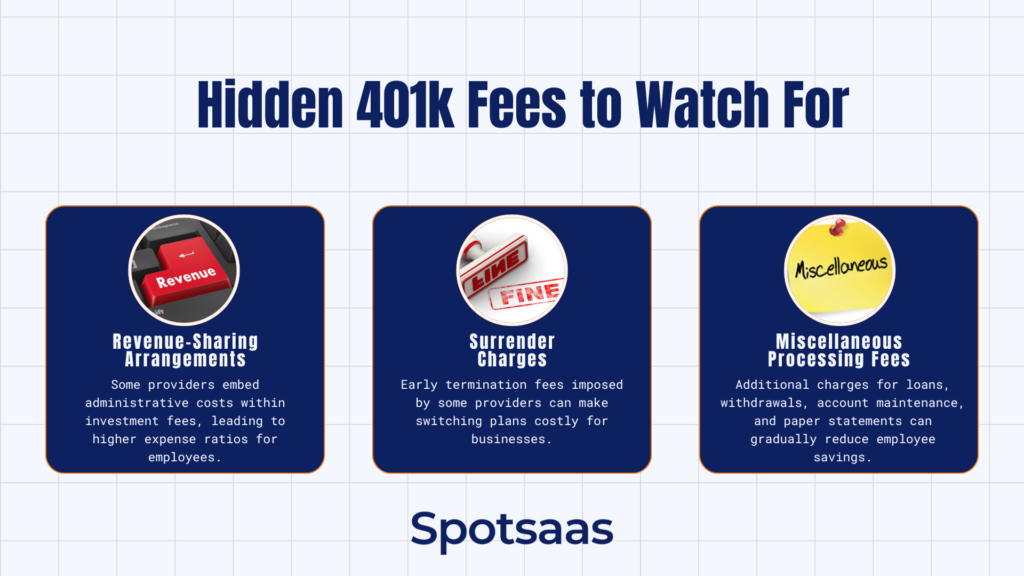
Revenue-Sharing Arrangements
Some 401k providers engage in revenue-sharing agreements, where investment fund providers pay a portion of their fees back to the plan administrator or record keeper. This cost is often deducted from the expense ratio of investment funds, meaning employees indirectly pay for plan administration through higher investment fees.
Although revenue-sharing helps offset employer costs, it can result in higher expense ratios for participants, leading to lower net returns. Employers should choose low-cost funds with transparent pricing to prevent employees from unknowingly paying inflated fees.
Surrender Charges
Some 401k providers impose surrender charges or exit fees when a business decides to switch to a new plan administrator. These fees act as a penalty for terminating the contract early and can range from a few hundred to several thousand dollars, depending on the provider.
Surrender charges are particularly common in plans that include bundled services, where administration, investment management, and record-keeping are handled by a single provider. Before selecting a provider, businesses should review the contract terms to ensure there are no excessive penalties for switching plans in the future.
Miscellaneous Processing Fees
401k providers may charge additional fees for specific account activities, including:
- Loan processing fees – Applied when employees take out a loan against their 401k savings.
- Distribution fees – Charged when employees withdraw funds at retirement or roll over assets to another plan.
- Account maintenance fees – Ongoing charges for administrative support, even if an employee is no longer contributing.
- Paper statement fees – Some providers charge extra for paper account statements instead of online access.
These fees may seem small individually, but over time, they reduce the total savings employees accumulate. Employers should work with transparent providers that minimize extra charges and clearly disclose all costs upfront.
How to Avoid Hidden 401k Fees
To ensure cost-efficiency and transparency, businesses should:
- Review the fee disclosure statement (408(b)(2) document) to understand all costs.
- Ask providers about revenue-sharing models and look for low-cost fund alternatives.
- Check for surrender charges before committing to a long-term contract.
- Choose a provider with flat, transparent pricing to avoid excessive processing fees.
By identifying and eliminating hidden fees, businesses can reduce plan costs, maximize employee savings, and create a more efficient retirement plan for their workforce.
Conclusion
Understanding 401k fees is essential for both businesses and employees, as even small cost differences can significantly impact long-term retirement savings. High administrative, investment, and transaction fees can reduce overall returns, making it crucial to select a provider with transparent pricing and cost-effective investment options.
Businesses should review plan fees annually to ensure they are offering a competitive and efficient retirement benefit. Regularly comparing providers, negotiating fees, and optimizing investment selections can help reduce unnecessary costs while maximizing employee savings.
Choosing the right 401k plan provider ensures financial security for employees and cost efficiency for employers. Compare 401k providers today to find a plan that aligns with your business goals and supports your workforce’s long-term financial well-being.
Frequently Asked Questions
What are the most common fees in a 401k plan?
401k plans typically include administrative fees, investment fees, transaction fees, advisory fees, and custodial fees. These costs cover plan management, fund operations, and compliance.
How do high 401k fees impact retirement savings?
Even a 1% increase in fees can reduce an employee’s total savings by thousands of dollars over time due to compounding. Lower fees help maximize retirement growth.
How can businesses reduce 401k fees?
Employers can minimize costs by choosing low-cost index funds, opting for flat-fee providers, comparing multiple providers, and negotiating lower fees with their current plan administrator.
What’s the difference between flat-fee and asset-based 401k pricing?
Flat-fee pricing charges a fixed rate per participant, while asset-based pricing takes a percentage of total assets, which can become costly as plan balances grow.
How often should businesses review their 401k plan fees?
Companies should review their 401k fees annually to ensure they remain competitive, cost-effective, and aligned with employee needs. Adjustments may be needed as business and market conditions change.


